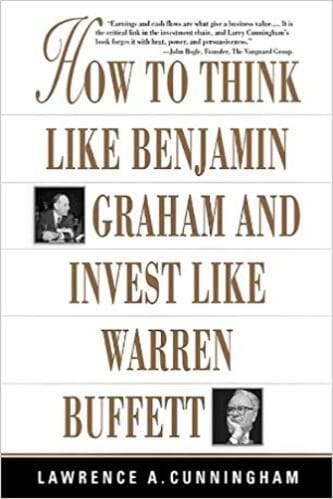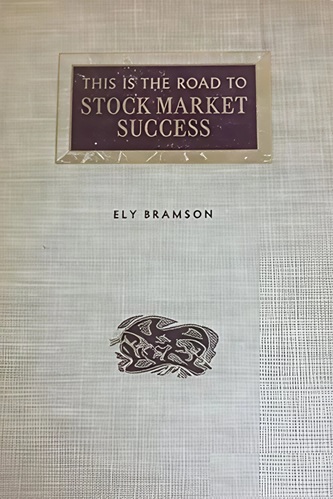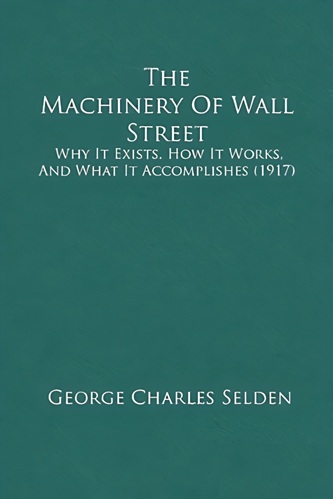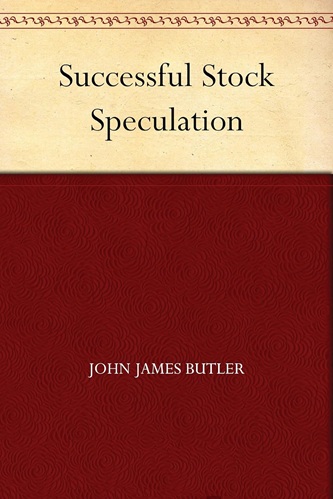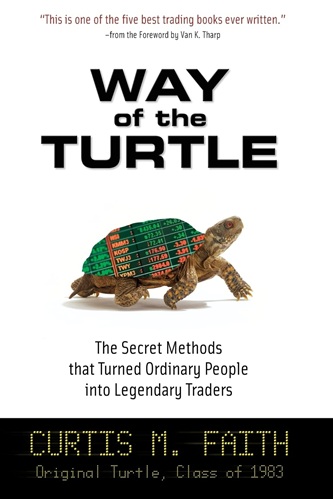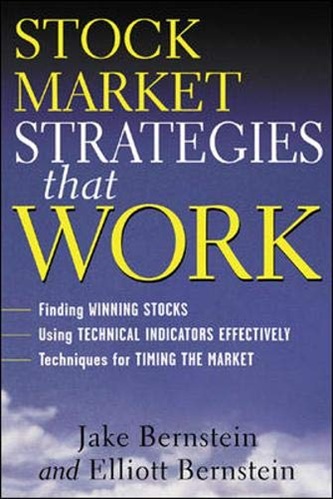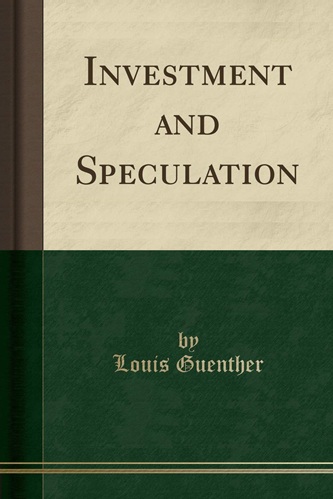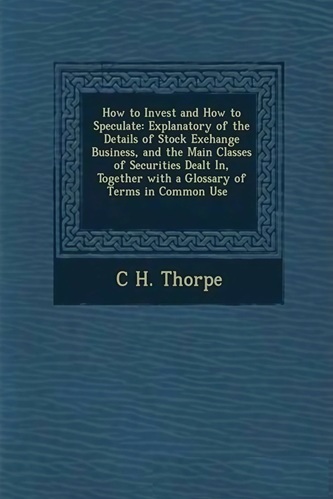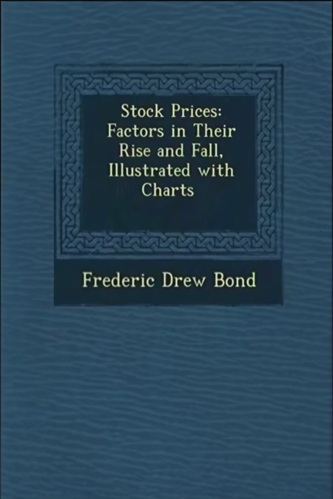How to Think Like Benjamin Graham and Invest Like Warren Buffett
$12.53
| Author(s) | |
|---|---|
| Pages |
288 |
| Format |
|
| Publication Year |
2001 |
The best selling hardcover edition of How to Think Like Benjamin Graham and Invest Like Warren Buffett was widely hailed for its straightforward approach to making wise investment choices.
Introductions:
Common sense is the heart of investing and business management. Yet the paradox of common sense is that it is so uncommon. For example, people often refer to a stockor the market level as either “overvalued” or “undervalued.” That is an empty statement. A share of stockor the aggregate of all shares in a market index have an intrinsic value. It is the sum of all future cash flows the share or the index will generate in the future, discounted to present value.
Estimating that amount of cash flow and its present value are difficult. But that defines value, and it is the same without regard to what people hope or guess it is. The result of the hoping and guessing game—sometimes the product of analysis, often not—is the share price or market level. Thus, it is more accurate to refer to a stockor a market index as overpriced or underpriced than as overvalued or undervalued.
How to Think Like Benjamin Graham and Invest Like Warren Buffett develops a mind-set for business analysis as the antidote to the Q culture. It discusses the tools of stockpick ing and highlights critical areas of thinking about markets and prices, and businesses and managers. It builds a latticeworkof common sense to fill the vast value void in today’s markets. The bookfirst shows you why it is a mistake to operate as a market analyst or to look to the market to reveal value when all it can do is reveal prices. It then presents the tools to thinkabou performance and value but also cautions about how financial information can be distorted in ways that can mislead you.
Accordingly, it argues that an essential element of intelligent investing is a commonsense ability to assess the trustworthiness of corporate managers, principally the chief executive officer and board of directors. The business analysis approach to investing shatters many myths of investment lore prevalent in the Q culture though not unique to it throughout history. For example, it rejects a distinction as pervasive as it is mistaken between growth investing and value investing (or between growth stocks and value stocks).
To be sure, some companies show greater promise of earnings growth than others, but all rates of growth are a component of value so this distinction, crystalized in the early 1970s and a growing fixation ever since, is of no analytical value. For another, the business analysis approach underscores a key distinction between investing on the one hand and speculation or gambling on the other. All investing involves riskand in that sense there is a speculative element in all of it. Intelligent investing, however, calls for a reasonably ascertainable valuation and comparison to the price.
Contents:
PART I: A TALE OF TWO MARKETS
- Chapter 1. Mr. Market’s Bipolar Disorder
- Chapter 2. Prozac Market
- Chapter 3. Chaotic Market
- Chapter 4. Amplified Volatility
- Chapter 5. Take the Fifth
PART II: SHOW ME THE MONEY
- Chapter 6. Apple Trees and Experience
- Chapter 7. Your Circle of Competence
- Chapter 8. Recognizing Success
- Chapter 9. You Make the Call
- Chapter 10. Making (Up) Numbers
PART III: IN MANAGERS WE TRUST
- Chapter 11. Going Global
- Chapter 12. Rules and Trust
- Chapter 13. Directors at Work
- Chapter 14. The Fireside CEO
How to Think Like Benjamin Graham and Invest Like Warren Buffett By Lawrence A. Cunningham pdf

